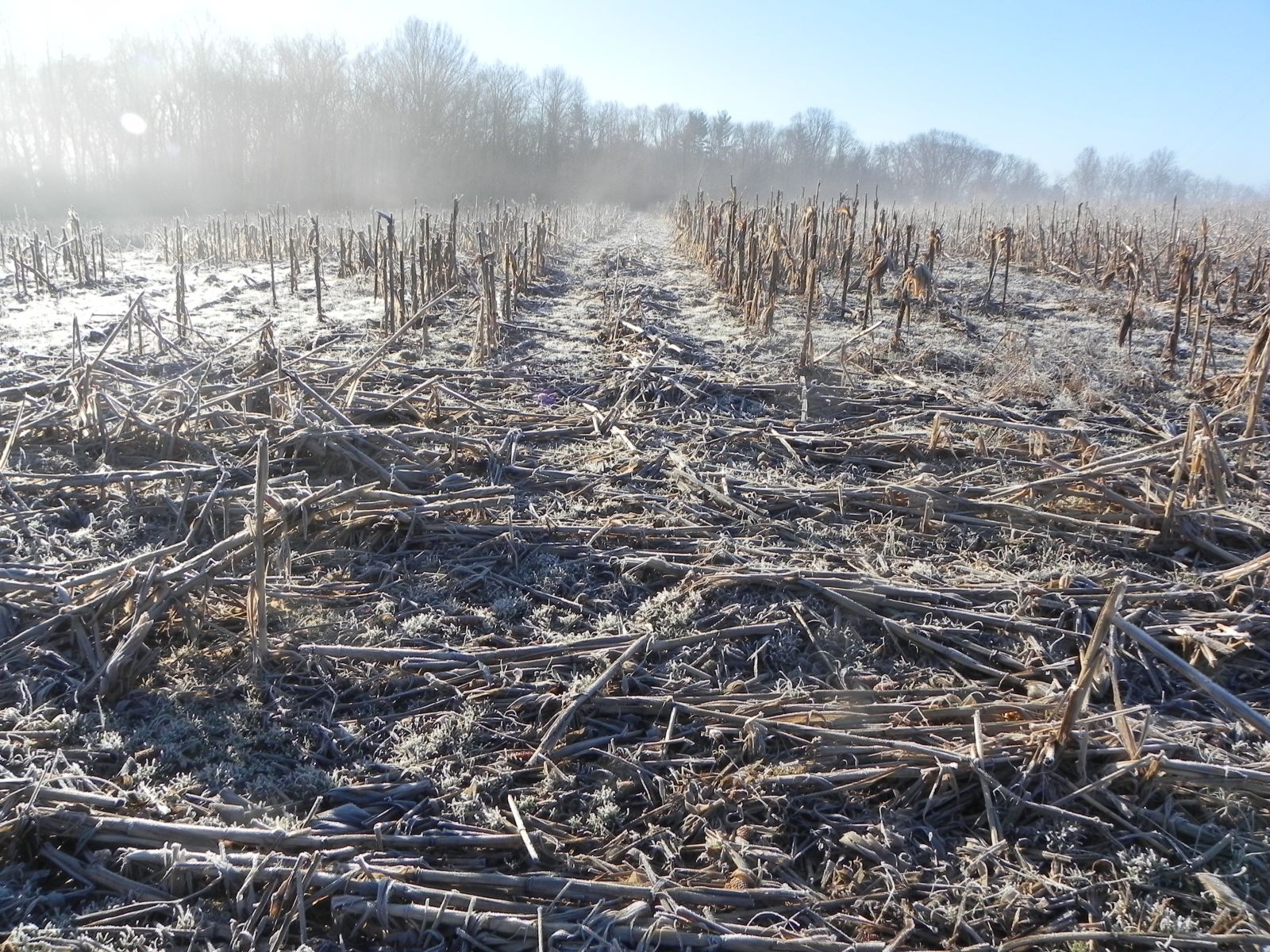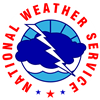A Look at the Growing Season
As autumn leaves begin to turn, a familiar chill is settling across Central Indiana, bringing with it the annual concern for frost and freeze dates. Gardeners and farmers alike are keeping a close eye on forecasts, knowing that these crucial temperature drops can significantly impact their crops and plants.

Photo: Frost on a harvested field.
Historically, the first 36-degree Fahrenheit temperature can arrive as early as late September, with the first 32-degree freeze often following in early to mid-October. A harder freeze of 28 degrees Fahrenheit typically occurs later in October. While these are average dates, the earliest and latest occurrences on record show just how unpredictable Indiana weather can be, with 32-degree freezes having been observed as early as September 13th and as late as November 14th. For a more complete breakdown of Frost/Freeze dates check out this write-up.
For those tending to delicate flowers or late-season vegetables, these dates are crucial. They signify the delicate balance between a successful harvest and the necessity of protective measures against the inevitable cold. Many are already taking precautions, such as covering sensitive plants, moving potted herbs indoors, or harvesting any remaining produce.
The length of the growing season, defined by the period between the last spring freeze and the first fall freeze, is a critical factor for agricultural planning. A longer season can mean more time for crops to mature, while an early frost can cut it short, impacting yields and livelihoods.
As we move deeper into fall, residents of Central Indiana will continue to monitor weather patterns closely, adapting their gardening and farming practices to the whims of nature. The resilience of our local growers, combined with a keen understanding of these historical weather trends, will undoubtedly help them navigate the changing seasons.
While these temperatures have not been a concern so far this year, they will be here before you know it. To track temperature trends in your area visit weather.gov/ind.


